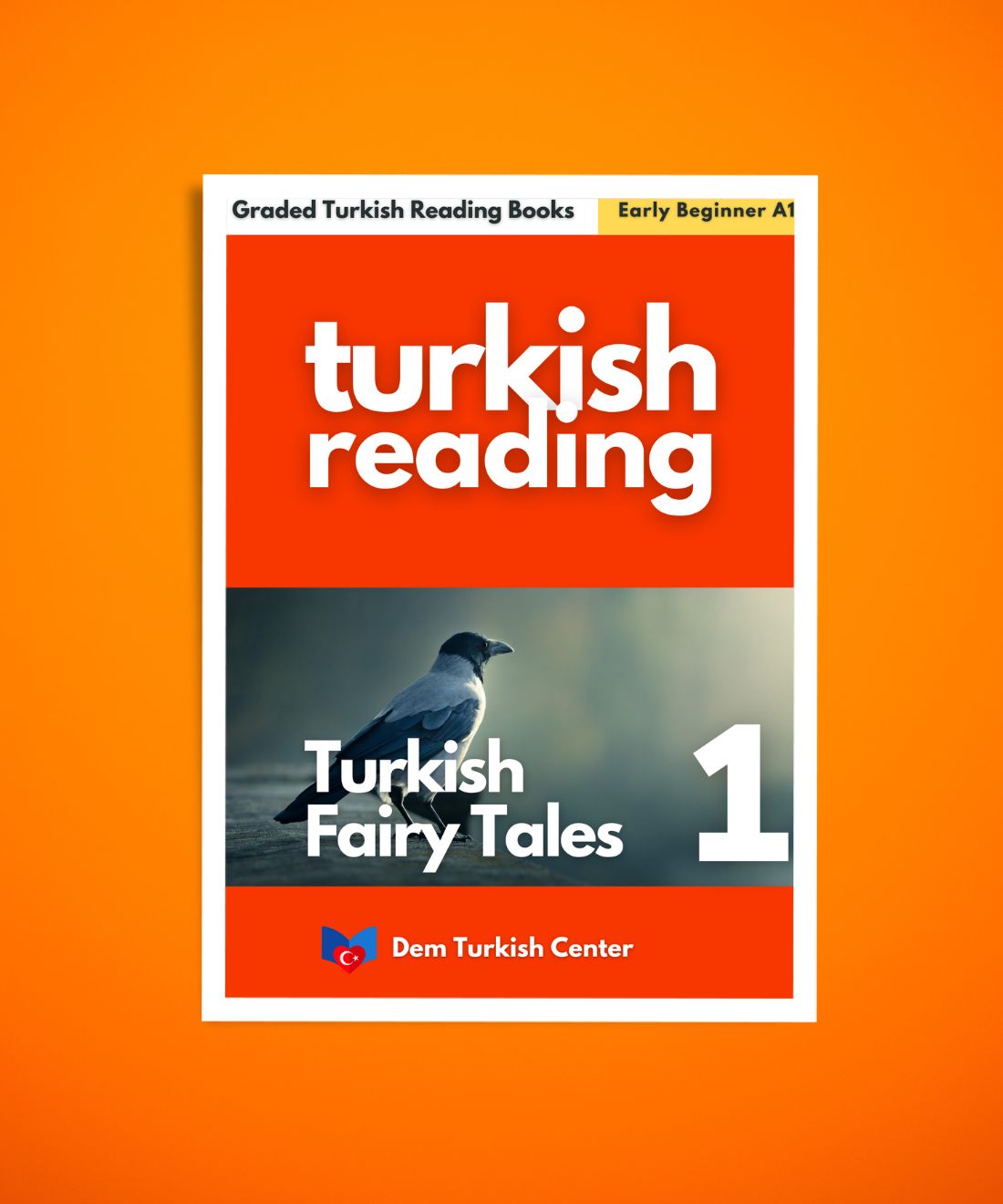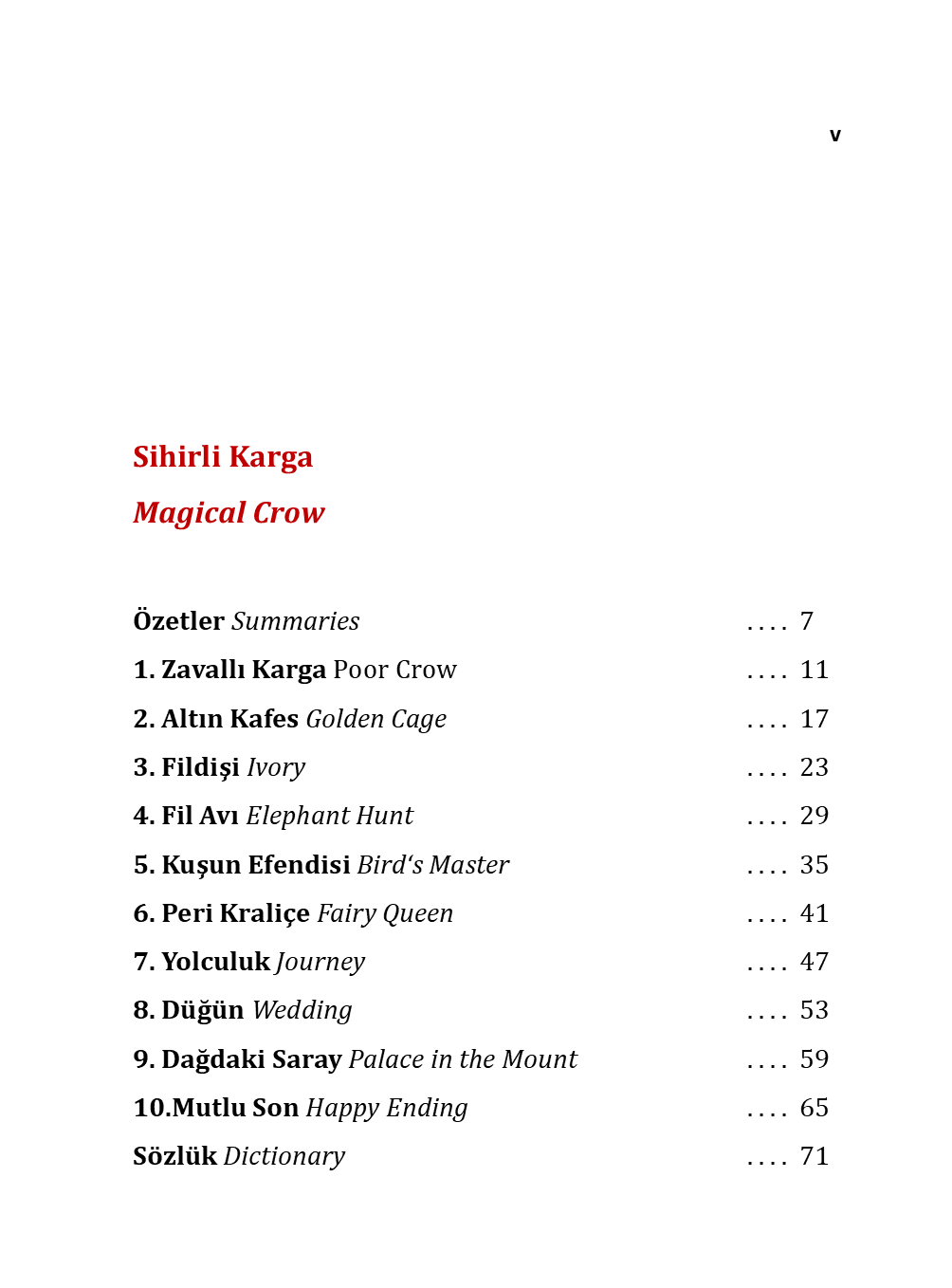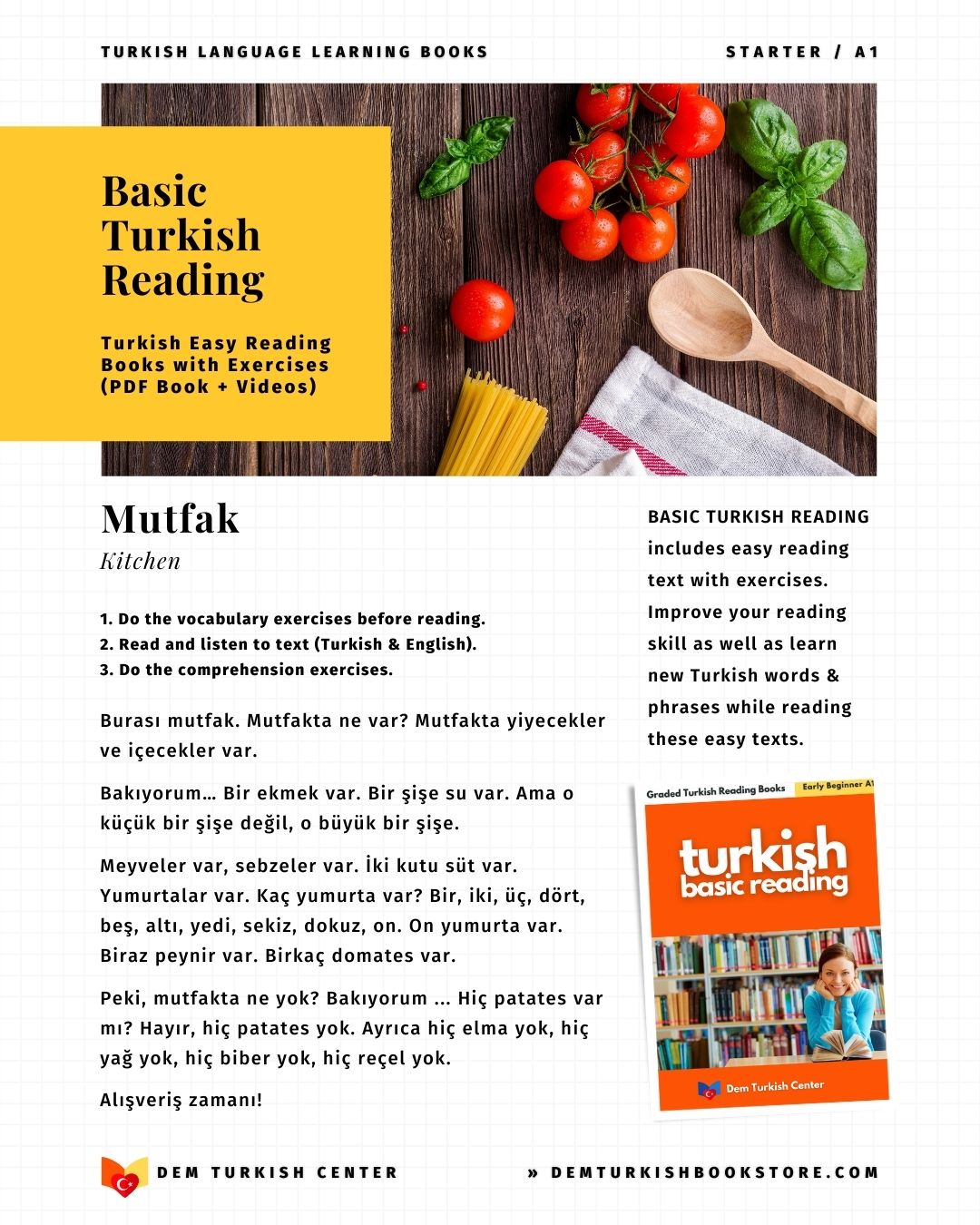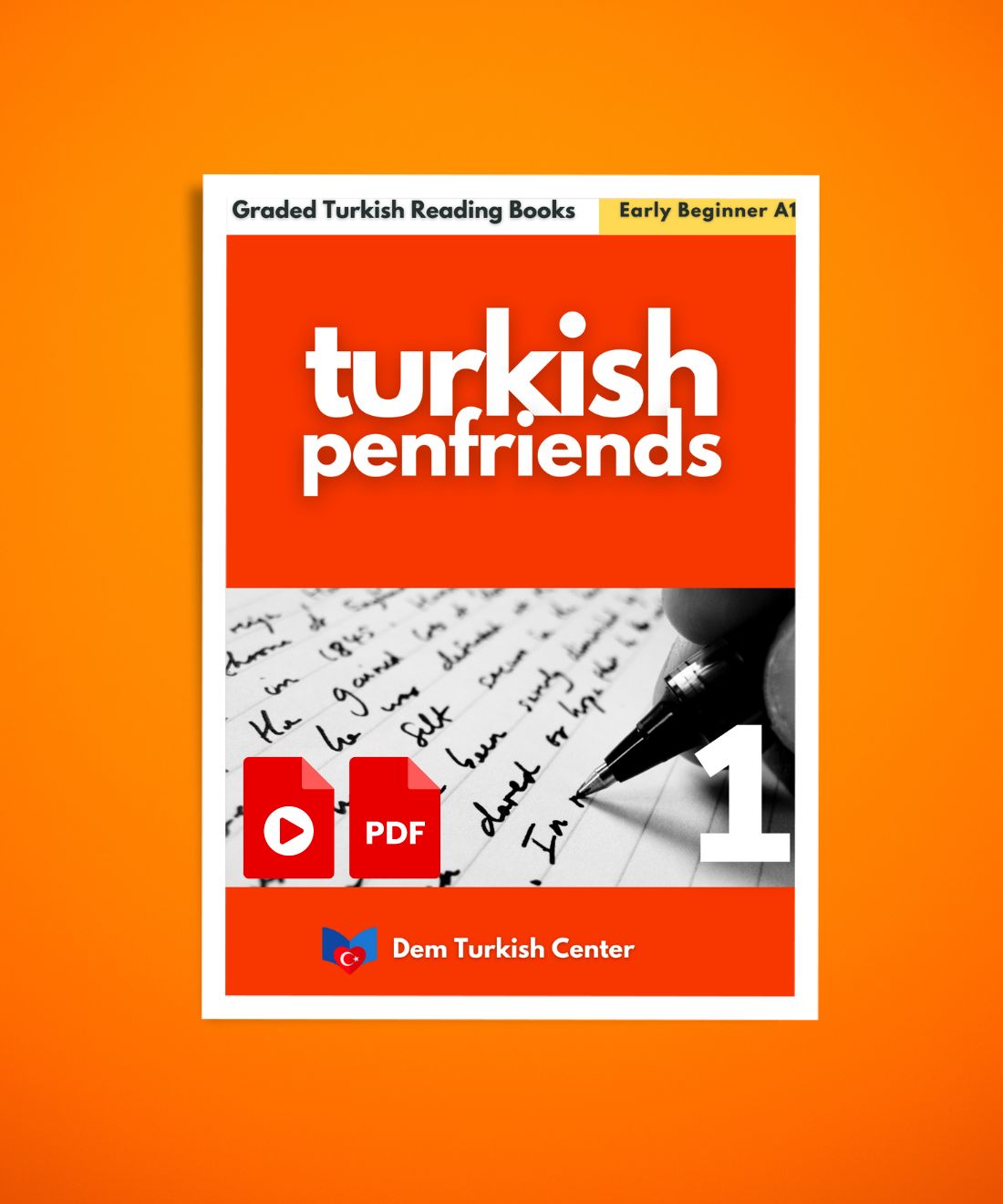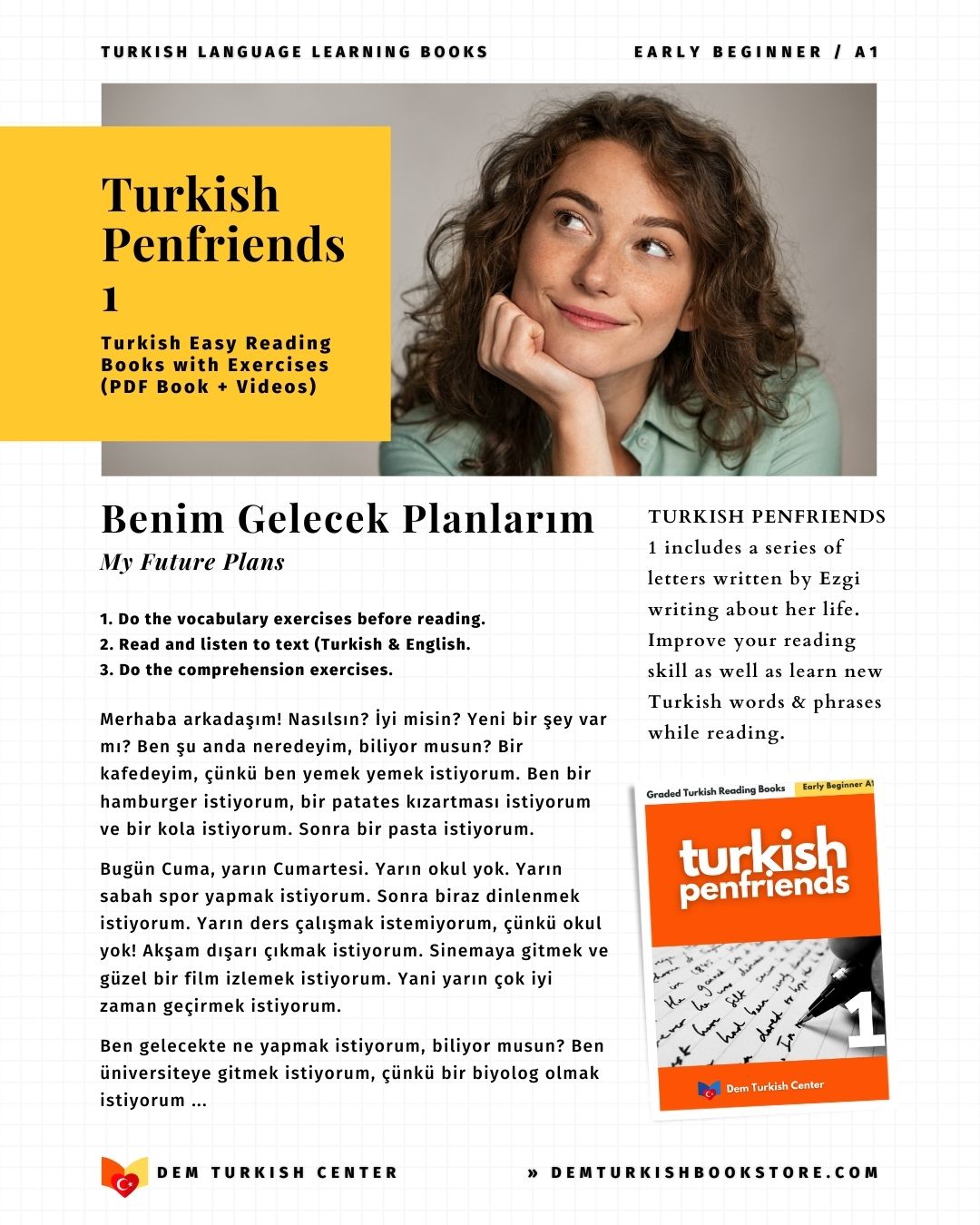
Nuri Bilge Ceylan: The Visionary Turkish Movie Director Who Redefined Turkish Cinema (Podcast Interview)
In a world of fleeting images and rapid-fire storytelling, the films of Nuri Bilge Ceylan stand as monumental testaments to patience, poetry, and profound human introspection. More than just a director, Ceylan is a philosopher with a camera, a former engineer and photographer who meticulously constructs cinematic worlds that are as breathtakingly beautiful as they are emotionally resonant. He didn't just enter the landscape of Turkish cinema; he fundamentally transformed it, shifting the gaze from conventional narratives to the intricate, often silent dramas of the human soul.
Through masterpieces like the haunting "Once Upon a Time in Anatolia" and the Chekhovian ""Winter Sleep", his Palme d’Or-winning triumph, Ceylan invites us—no, demands of us—to slow down. His long, contemplative shots of the Anatolian steppe or a snow-blanketed Cappadocia are not mere backdrops but active characters, reflecting the inner turmoil, existential yearnings, and quiet melancholies of his protagonists. He redefined what a Turkish story could be on the global stage, proving that the most universal truths are often found not in action, but in stillness, not in answers, but in the dignity of asking difficult questions. This is the legacy of a true visionary.
Podcast Interview: The Landscapes of the Soul, A Journey with Nuri Bilge Ceylan
Listen to the podcast interview about "Nuri Bilge Ceylan's Cinema":
HOST Hello and welcome to "The Aesthetic Frame," the podcast where we dive deep into the world of cinema and the artists who shape it. I'm your host, Alex.

Today, we’re embarking on a cinematic journey to the rugged coastlines, snow-blanketed villages, and bustling, philosophical corners of modern Turkey. Our subject is a filmmaker who is not just a storyteller, but a philosopher-poet of the image, a patient observer of the human condition. He’s a former engineer and photographer who turned to filmmaking in his late thirties and has since become one of the most revered and distinctive voices in world cinema: the Palme d’Or-winning director, Nuri Bilge Ceylan.
To help us unpack his dense, beautiful, and often challenging body of work, I’m thrilled to be joined by Dr. Elif Demir, a professor of Film Studies at the University of Chicago and author of the brilliant book, "Contemplative Cinema: The Films of Nuri Bilge Ceylan." Welcome to the show, Elif.

GUEST Thank you for having me, Alex. It’s a pleasure to be here to talk about one of my favourite subjects.
HOST Elif, let's start at the very essence of a Ceylan film: the experience. For the uninitiated, watching a film by Nuri Bilge Ceylan is a distinct and demanding experience. The shots are long, often breathtakingly beautiful, but the dialogue can be sparse, the pacing deliberate, some might say slow. How would you characterise the "Ceylan experience" for a newcomer?

GUEST That's a great starting point. I think the most important thing to understand is that Nuri Bilge Ceylan is not a filmmaker of plot, but of atmosphere and introspection. He asks for your patience. He invites you to slow down to his rhythm. If mainstream cinema is a sprint, Ceylan is a long, contemplative walk through a complex landscape. You have to surrender to it. The "slowness" isn't an absence of action; it's a presence of being. It’s in those long, silent shots of a character simply thinking, or a landscape just "being", that the real drama often unfolds – the internal drama of memory, regret, desire, and existential questioning.
He forces us to look, really look, at the world he presents. And in doing so, we start to see the world within the characters. The external landscape becomes a mirror for the internal one.

HOST That idea of the landscape is so central. He began as a photographer, and it shows. His films are visually stunning. But it’s never just a pretty postcard. In a film like *Once Upon a Time in Anatolia*, the vast, rolling hills of the Turkish steppe aren't just a backdrop for a police procedural; they seem to become a character in themselves, reflecting the emptiness and the existential search of the men driving through the night.
GUEST Precisely. His photographic background is fundamental. He composes every frame with the precision of a master painter. Light, shadow, texture – they all carry narrative and emotional weight. In "Anatolia", as you said, the landscape is oppressive in its vastness. It swallows the characters, makes their search for a body feel futile and small against the grand, indifferent scale of nature and time. Conversely, in "Winter Sleep", the stunning, almost claustrophobic beauty of Cappadocia, with its cave houses and snowy vistas, mirrors the intellectual and emotional prison that the main character, Aydın, has built for himself. The landscape is beautiful, but it’s also isolating. Ceylan understands that our environment shapes our psyche.

HOST Let's trace his evolution. He started with very small, intimate, almost autobiographical films. "The Small Town", for instance, is a black-and-white, lyrical piece about a boy's childhood, largely based on Ceylan's own. It feels like a world away from the novelistic scope of "Winter Sleep". Can you talk about his journey as a filmmaker?
GUEST His career is a fascinating arc of expanding scale and ambition, while always retaining his core thematic concerns. The early films – "The Small Town", "Clouds of May" – are diaristic. They are shot on a shoestring budget, often with his family members playing versions of themselves. They have a neorealist quality, a focus on the small, poetic moments of provincial life. They are about memory and the loss of innocence.

Then, with "Distant", his international breakthrough which won the Grand Prix at Cannes, you see him synthesising this intimate style with more complex character studies. It’s the story of a disillusioned photographer from Istanbul and his provincial cousin who comes to stay. The film is a masterpiece of silence and unspoken tension. It’s here that his signature themes of urban versus rural, intellectual alienation, and the failure of communication truly crystallise.
From there, each film became a new step outward. "Climates", a devastatingly raw look at a disintegrating relationship, starred Ceylan himself and his wife at the time, Ebru Ceylan. It’s painfully intimate. Then came "Three Monkeys", a more tightly wound, almost political family noir. But the real leap, I would argue, is with ""Once Upon a Time in Anatolia". This is where his canvas becomes epic, both visually and philosophically. It’s a police procedural that deconstructs the very idea of a procedural. It’s about the search for truth, not just about a body, but about life, death, and the stories we tell ourselves.

And finally, with "Winter Sleep", which won the Palme d’Or in 2014, he fully embraces a novelistic, Chekhovian structure. It’s a dense, talky film, a far cry from the silence of "Distant", but the talk is the action. It’s about the violence of words, of intellect, of class. It’s his most dialogue-driven film, yet it feels just as contemplative as his silent ones.
HOST It’s fascinating that you mention Chekhov, because Ceylan’s work, especially from *Three Monkeys* onward, is deeply literary. "Winter Sleep" is openly inspired by Chekhov stories. But it’s not an adaptation. He absorbs the spirit – the focus on a fading landed gentry, the intellectual debates, the simmering resentments. How does this literary influence function within his very cinematic, visual style?
GUEST I think it’s a marriage of two forms of high art. Ceylan isn't trying to film a book; he's trying to create a film that has the psychological depth and moral complexity of a great Russian novel. The dialogue in "Winter Sleep" isn't naturalistic in the way we often see in film. It’s heightened, philosophical, rhetorical. Characters debate good and evil, charity and guilt, art and responsibility. These conversations are the set pieces.

But Ceylan never lets the words overpower the image. He frames these intense debates in these magnificent, static wide shots, often with the characters positioned at a distance from each other, physically embodying their emotional and intellectual distance. The visual composition comments on the dialogue. So, you have the literary richness of the text, but it's always filtered through his profoundly cinematic eye. The landscape outside the window is as much a part of the argument as the words being spoken.
HOST Let's dive deeper into his characters, because they are rarely heroic or even likable in a conventional sense. They are often intellectuals, artists, or professionals – a photographer, a mayor, a retired actor, a hotel owner and former actor like "Aydın" in "Winter Sleep". And they are frequently plagued by a deep-seated melancholy, a sense of alienation, and what seems like a profound inability to connect with others.

GUEST Absolutely. The "Ceylan man" is a fascinating archetype. He is almost always intelligent, self-aware, and yet crippled by that self-awareness. He is paralysed by his own intellect. "Aydın" in "Winter Sleep" is the prime example. He writes lofty columns for a local newspaper, he sees himself as an intellectual, a pillar of the community. But the film systematically deconstructs this self-image. It reveals that his intellectualism is a shield, a form of narcissism that he uses to maintain power and distance from those he considers beneath him, including his own wife and sister.
These characters are engaged in a constant, often futile, search for meaning. In "Once Upon a Time in Anatolia", the doctor, played by "Muhammet Uzuner", is the calm, rational centre. But even he is confronted with mysteries – of death, of human motivation – that his science cannot explain. The prosecutor, Nusret, is another classic Ceylan intellectual, full of bluster and stories, but revealed to be deeply troubled and human. Ceylan has immense compassion for these flawed men, but he never lets them off the hook. His gaze is unflinching.

HOST And this brings us to a crucial element: the role of women in his films. This is a point of some critique. For a director so profound in his psychological insights, his female characters have often been seen as more opaque, more symbolic, or defined primarily by their relationship to the male protagonist. Do you think this is a fair criticism, and has it evolved over time?
GUEST It is a very fair and important criticism, and one that I think Ceylan and his co-writer (and wife) Ebru Ceylan have consciously engaged with and evolved on. In the early films, women were often idealized, distant figures of memory or desire, or they were sources of domestic tension, but their interiority was not the focus.

However, look at the progression. In "Climates", the character of "Bahar", played by "Ebru Ceylan", is given tremendous emotional weight. We feel her pain and disillusionment acutely. In "Three Monkeys", the mother, "Hacer", is a complex figure whose actions drive the plot; she is desperate, trapped, and morally ambiguous.
But the real shift comes with "Winter Sleep". The two central female characters, "Nihal", Aydın's young wife, and "Necla", his sister, are not just counterpoints to Aydın; they are fully realised philosophical combatants. Nihal’s struggle to find a meaningful life outside of her husband’s shadow, her attempt to do charity work that isn't tainted by his patronizing judgment, is one of the most powerful arcs in the film. Her final, devastating confrontation with Aydın is a masterclass in writing, and it’s a dialogue between equals, where she dismantles his entire worldview. Ebru Ceylan’s contribution as a co-writer is often cited as being crucial to this development. So, while his filmography may have started with a male-centric gaze, it has undoubtedly deepened and become more dialectical, giving women a powerful and articulate voice.

HOST That’s a great point about the collaboration with Ebru Ceylan. It highlights another key aspect of his process: his stable of collaborators. He frequently works with the same people – not just Ebru as a writer, but actors like Muhammet Uzuner, Yılmaz Erdoğan, and the incredible cinematographer Gökhan Tiryaki, who paints with light in such a remarkable way.
GUEST It’s a true ensemble, a family. This creates a shared language and a deep trust, which is essential for the kind of films he makes. The long, intricate takes in "Once Upon a Time in Anatolia", for example, require everyone to be in perfect sync. The actors aren't just hitting marks; they are inhabiting a space for minutes on end. There’s a rhythm and a trust that comes from long collaboration.
And we must talk about Gökhan Tiryaki. His cinematography is not decorative; it’s theological. The way he uses natural light is unparalleled. The long, golden hour in "Anatolia", the bleak, greyish-blue light of a winter morning in *Winter Sleep*, the oppressive sun in "Climates" – the light tells us how to feel. It’s a character. It’s a moral force. Ceylan and Tiryaki understand that to film a person in a specific light is to make a statement about their soul at that moment.
HOST I want to pivot to a film that I think is a perfect entry point for many, and that's *Once Upon a Time in Anatolia*. On the surface, it's a simple story: a group of men – a prosecutor, a doctor, police officers, a suspect – drive around the Anatolian countryside at night, searching for a buried body. But it becomes so much more. It becomes a profound meditation on truth, storytelling, and the mundane nature of death.
GUEST It’s his masterpiece, in my opinion. The genius of the film is in its structure. The entire first two hours are this nocturnal, almost ritualistic journey. The men are tired, bored, they tell stories, they bicker, they eat. The search for the body becomes a backdrop for these meandering, often darkly funny, conversations about life. We learn about the prosecutor’s strange story about a man predicting his own death, we see the dynamics of power and class between the officials and the gendarmes.
And then, they find the body. And the film shifts. The second half, set in the bright, clinical light of day in the town – in the morgue, the police station – is about the bureaucratic, scientific processing of death. The autopsy, the paperwork. This is where the doctor becomes the central consciousness. He starts to notice inconsistencies in the story. A small detail on the body doesn't match the suspect's testimony.
The film’s central question becomes: does finding the body mean you’ve found the truth? The answer is a resounding no. The truth is fragmented, elusive. It depends on who is telling the story and why. The real mystery isn't "whodunit," but "what does this death mean?" And the film offers no easy answers. It sits with the ambiguity, the messiness of human existence. It’s a profoundly humbling film.
HOST And that final scene with the doctor, looking at the victim's wife, and choosing not to reveal what he suspects... it's one of the most powerful moments in modern cinema. It’s a moment of moral choice, of choosing a perhaps kinder, more liveable story over a brutal, factual truth.
GUEST Exactly. It’s an act of grace. After a long night and day immersed in the mechanics of death and the failings of men, the doctor makes a human choice. He understands that some truths are too destructive, that the wife needs a narrative she can live with. It’s a moment that transcends law and science and enters the realm of poetry and compassion. It’s the culmination of Ceylan’s entire philosophical project.
HOST After winning the Palme d’Or for "Winter Sleep", a film so dense with dialogue and ideas, his most recent film, "The Wild Pear Tree", felt like a return to a younger, more restless protagonist. It’s about a recent university graduate, Sinan, who returns to his rural hometown, brimming with literary ambition and a cynical, judgmental attitude towards everyone, especially his father.
GUEST "The Wild Pear Tree" is fascinating because it feels like Ceylan is revisiting the themes of his early films, but with the wisdom and scope of his later work. "Sinan" is a classic young intellectual – arrogant, full of theories about life and art, and utterly incapable of dealing with the practical realities of the world. He is, in a way, a younger, rawer version of Aydın from "Winter Sleep".
The film is a portrait of the artist as a young man, with all his pretensions and vulnerabilities. His relationship with his father, a gentle, gambling-addicted dreamer, is the heart of the film. Sinan looks down on his father, sees him as a failure. But through the course of the film, through a series of beautifully observed encounters, he begins to see the complexity and the quiet dignity in his father’s life. It’s a film about coming to terms with your roots, both literal and metaphorical. The wild pear tree of the title is a stubborn, resilient thing that grows in harsh conditions, grafting onto other plants – a potent symbol for the people of that land, and perhaps for Sinan himself.
HOST So, what is the enduring legacy of Nuri Bilge Ceylan? In a cinematic landscape that is increasingly fast-paced, franchise-driven, and designed for instant gratification, what does his stubborn, patient, and deeply philosophical cinema offer us?
GUEST He offers a sanctuary. He is a vital reminder of cinema’s potential as a serious art form, capable of grappling with the biggest questions of human existence. He proves that film can be as profound as literature, as beautiful as painting, and as spiritually resonant as poetry.
In a world of noise, he gives us silence. In a world of easy answers, he gives us difficult, rewarding questions. His legacy is a body of work that demands and rewards active viewership. You cannot be passive with a Ceylan film. You have to lean in, you have to listen, you have to watch, and you have to think. He creates a space for contemplation that is increasingly rare, not just in cinema, but in life itself.
He is a beacon for anyone who believes that cinema is more than entertainment; it is a tool for understanding what it means to be a flawed, yearning, thinking, and feeling human being, adrift in a beautiful and indifferent universe.
HOST Beautifully put. Dr. Elif Demir, thank you so much for this incredibly insightful journey through the work of a true master. It has been an absolute pleasure.
GUEST Thank you for having me, Alex.
HOST And thank you to our listeners for joining us on "The Aesthetic Frame." Until next time, keep framing your world.







